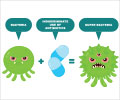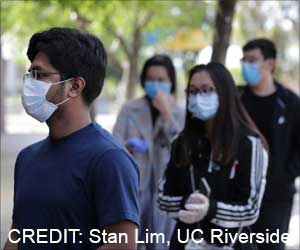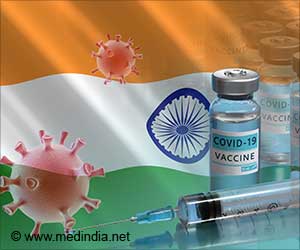A new study shows the role of hospitals in equalizing severe COVID-19 outcomes for people from unequal backgrounds.

‘Social and economic inequality plays an important role in getting access to early care for COVID-19.’





SVI combines multiple factors to create a score based on such things as a local area’s average income, education level and household density to the percentage of households led by single parents, or where English is not the primary language.The research team from the University of Michigan and the University of Colorado, used data from more than 2,300 patients hospitalized for COVID-19 in 38 hospitals across Michigan from March to December of 2020.
People who lived in the most underprivileged ZIP codes were more likely to have severe symptoms such as low blood oxygen levels when admitted, and to need support for failing lungs and other organs through technologies such as ventilators and dialysis once they were in a hospital bed.
But they were no more likely to die than those from more-privileged areas, and no less likely to go back to their own homes instead of a nursing home.
“Outcomes at hospital discharge appear equitable for these patients, but the question is, what leads to the initial disparities in seriousness of illness that they arrive with?” said Renuka Tipirneni, M.D., M.S., lead author of the new study and an assistant professor of internal medicine at Michigan Medicine, U-M’s academic medical center.
Advertisement
In the new study, the researchers divided SVI into four quartiles, and looked at difference in percentages of patients who experienced each type of severe symptom, treatment option and outcome by quartile.
Advertisement
One of the things that policymakers, public health authorities and health systems might want to focus on as a result of the new study is how they make information available to people about when and how they should seek care for worsening COVID-19 symptoms, and when to prioritize seeking that care over anything else.
Making information available in multiple languages, and ensuring that outpatient treatment and transportation to appointments are available during the times people need it no matter what their schedule, are two specific things that could make a difference.
High, or worse, SVI has also been shown to correlate with low COVID-19 vaccination rates, so once data from 2021 are available through Mi-COVID19, the team will look at how care and outcomes for people with severe COVID-19 changed once vaccines were available.
The team is also using the Social Determinants of Health tool created by the Agency for Healthcare Research and Quality to explore how other factors not included in the standard SVI measure interact with COVID-19 risks and outcomes.
Source-Medindia















